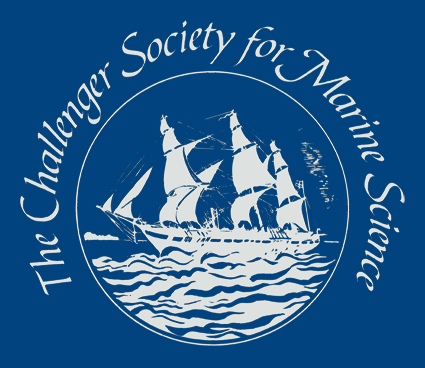Technological innovation
The Challenger expedition used simple but robust methods to collect observations and samples: geological dredges and biological nets, water sampling bottles and mercury in glass thermometers for the chemistry and physics of seawater. Navigation was by star sights and the depth measured by sounding lead line. Apart from improvements in depth measurement and navigation, methods used by marine scientists barely changed until the late 1960s. Since then the progress has been dramatic.Many technology developments for oceanography in the UK from the 1960s to the late 1980s came from the National Institute of Oceanography at Wormley (later the Institute of Oceanographic Sciences), examples of which can be found via the following links
Acoustic releases
Autosub
Current meter moorings
Data Buoy (DB1)Double Barrelled Capstan/Winch
Geological Long-Range Inclined ASDIC (GLORIA)
Meteorological measuring and recording (Multimet)
Neutrally buoyant floats
Ocean bottom Seismographs
Open Ocean Tide Gauges
Ship-borne Wave Recorder (SBWR)
Towed Ocean Bottom Instrument (TOBI)
The stories of other notable technology developments can be found at
Continuous plankton recorder
Marine seismics at University of Cambridge
Tide Prediction Machines
Sediment corers
Analytical chemistry methods
Latest News
Royal Society Publishing Photography Competition 2025
Please see a message from the Royal Society below:
We are delighted to announce that the 2025 Competition is now open for entries until 15 August for a chance to win £1000! The competition celebrates the power of photography in conveying the wonder of science happening all around us and photographs can be submitted in the categories of: Astronomy, Behaviour, Earth Science and Climatology, Ecology and Environmental Science, and Microimaging.
The competition is free to enter and open to anyone studying or working in science at graduate level or above. Category winners will receive a one-year membership to the Royal Photographic Society and the overall winner will receive a grand prize of £1,000. Find out more: https://bit.ly/RSPphotocomp
October 2025 MEDIN Workshop: Marine Data Management, Governance and the MEDIN toolset
The Marine Environmental Data and Information Network (MEDIN) are pleased to announce that registration is now open for the next occurrence of our popular free online training workshop: ‘Marine Data Management, Governance and the MEDIN toolset’ on the 13th – 17th October 2025 on OceanTeacher Global Academy.
Marine Data Management, Governance and the MEDIN toolset
The Marine Environmental Data and Information Network (MEDIN) and OceanWise are delighted to invite you to attend our popular free online training workshop: ‘Marine Data Management, Governance and the MEDIN toolset’ on the 19th – 23rd of May 2025.
